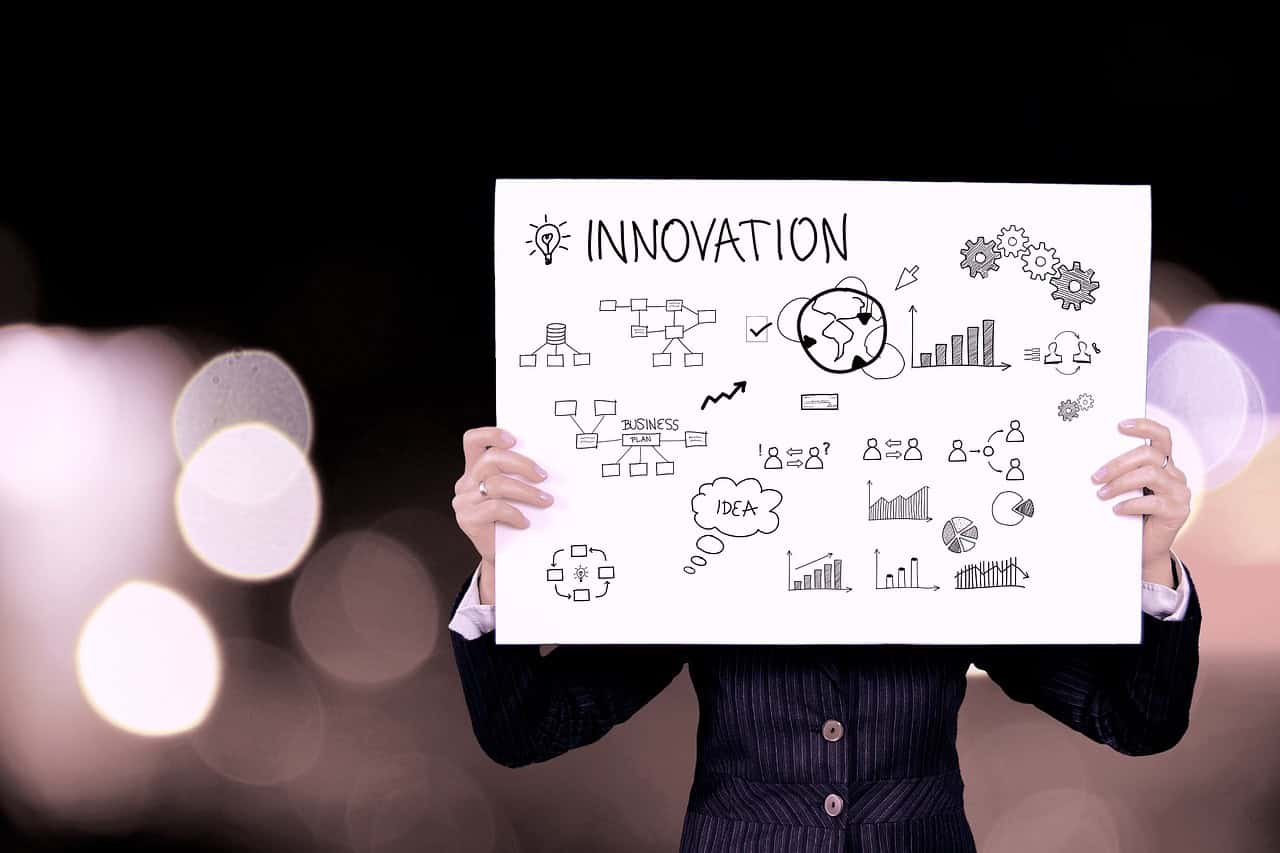Divergent and convergent thinking are the two key problem-solving processes, and I’ve personally witnessed the impact these processes can have on businesses. Divergent thinking allows you to produce many ideas, and convergent thinking allows you to distill those ideas.
Understanding these processes is key to effective problem solving and innovation. You’ll discover how to use these processes to optimize your thinking process and achieve success with your continuous improvement strategy.
Divergent vs Convergent Thinking: Understanding the Concepts

Characteristics of divergent thinking:
- Open-ended and exploratory
- Generates multiple solutions
- Creative and original thinking
- Quantity over quality mindset
- Comfort with ambiguity and uncertainty
Convergent thinking, on the other hand, is a more systematic approach to thinking through options to find the single best solution. It involves organizing and analyzing information until you finally reach a solution. I most often rely on this when we make a decision based on data and logic.
Characteristics of convergent thinking:
- Structured and analytical
- Tries to find one right answer
- Rational and logical thinking
- Analyzing and selecting from options
- Clarity and certainty
These concepts were introduced in the 1950s by a psychologist I studied in college, J.P. Guilford. His work significantly advanced our understanding of human intelligence and creativity. Through his research, Guilford demonstrated that both of these thinking styles are critical to problem solving and creating something new.
The Creative Problem-Solving Process: Combining Divergent and Convergent Thinking

- Clarify: Define the problem and research the context
- Ideate: Generate many potential solutions
- Develop: Iterate and improve the ideas
- Implement: Plan and execute the solution
This framework is similar to the Double Diamond framework in design thinking. It has four steps: Discover, Define, Develop, and Deliver. Each diamond is a cycle of divergent and convergent thinking.
When I describe this process to clients, I often use the analogy of an accordion. Imagine an accordion expanding and then compressing. The expansion part is divergent thinking where you generate ideas. The compression part is convergent thinking where you make decisions.
It’s also important to note that you need to do multiple rounds of divergent and convergent thinking. In my consulting work, teams often go through this process several times before they reach the best solution.
| Step | Divergent Thinking | Convergent Thinking |
|---|---|---|
| Clarify | Look at problem from multiple angles | Define the specific problem |
| Ideate | Create many ideas | Select the best ideas |
| Develop | Create variations of the selected ideas | Improve the best ideas |
| Implement | There are different ways to implement | Choose the best way to implement |
Divergent Thinking: Exploring Possibilities
The key principles of divergent thinking are deferring judgment, seeking quantity, and making connections. These principles have served me well in my career in condition monitoring.
Some of the primary techniques for encouraging divergent thinking include brainstorming, mind mapping, random word association, SCAMPER technique, and reverse thinking.
Divergent thinking is a powerful approach because it boosts creativity, encourages innovation, and helps you arrive at solutions you wouldn’t discover using any other method. I’ve watched divergent thinking unlock step-change improvements in predictive maintenance strategies.
While there are many benefits of divergent thinking, it’s not without its drawbacks. Divergent thinking can be time consuming, and you may end up with ideas that are too impractical. Some team members might also feel overwhelmed by too many ideas.
There are countless examples of divergent thinking across different industries. In art, you can see divergent thinking at play in surrealist art pieces. In technology, you can see it in disruptive innovations such as smartphones. In business, it’s the underlying concept of blue ocean strategy to create uncontested market space.
Convergent Thinking: Narrowing Down Solutions
Examples of convergent thinking: Decision matrix, Pareto analysis, Cost-benefit analysis, SWOT analysis, Weighted scoring methods. Convergent thinking provides clarity and a path forward. It’s effective for making a decision and solving a complex problem efficiently.
In my consulting business, we use convergent thinking to analyze sensor data and predict when industrial equipment will fail. However, the downside of convergent thinking is that it can prematurely shut down an idea and miss out on a more creative solution.
It can also lead to groupthink if everyone only uses the same logic. You’ll find convergent thinking in math problems that have a single answer, in engineering when optimizing designs, and in medicine when doctors diagnose an illness based on symptoms.
Applications of Divergent and Convergent Thinking

Businesses use both thinking styles to solve problems and make decisions. For example, I’ve helped several businesses use divergent thinking to brainstorm ideas for new products. They then used convergent thinking to select the best product ideas to pursue.
Psychologists use these concepts to understand how people think. In therapy, patients can use divergent thinking to consider different possibilities. Then, they can use convergent thinking to decide on an action plan.
The interplay of divergent and convergent thinking is also at the heart of innovation. For example, in the product space, a team will use divergent thinking to produce a list of ideas and then convergent thinking to figure out which ideas to focus on and how to execute them.
When it comes to personal development, you can use divergent thinking to consider different potential future outcomes. Then, you can use convergent thinking to create a plan to achieve those outcomes.
Balancing Divergent and Convergent Thinking
Both are key to effective problem solving, so use a combination of both. In my opinion, the most successful projects tend to find a happy medium between some creative exploration and some data analysis.
Identifying when to use divergent thinking and when to use convergent thinking is a skill in itself. It takes some practice and self awareness. For example, you might use divergent thinking to generate ideas, then switch to convergent thinking to evaluate those ideas.
Cognitive biases also hold people back from each type of thinking, e.g., confirmation bias prevents divergent thinking and anchoring bias prevents convergent thinking with a preconceived solution.
How to improve each thinking skill:
- Practice brainstorming.
- Practice analyzing brainstormed ideas.
- Ask others for their perspective.
- Learn frameworks to solve problems.
- Ask, “Why do I believe that?”
Improving the ability to use both divergent and convergent thinking will make you a better problem solver. It’s a skill that’s worked well for me in my career, and I’m confident it will do the same for you.
Before We Go
I’ve been in the condition monitoring industry for tens of years, and I can assure you that balancing divergent and convergent thinking is key. It’s not just about one or the other, so make sure you can switch between the two. Avoid your cognitive biases. They’re sneaky, so be on the lookout.
Become proficient at both. Practice thinking creatively with no judgment. Then practice evaluating those ideas critically. Practice seeing problems from various perspectives. Then practice selecting the correct solution.
And don’t forget, this isn’t just a concept. I’ve seen how mastering this balance has led to innovation and solving real problems in the industry. Master both and you’ll be unstoppable.






